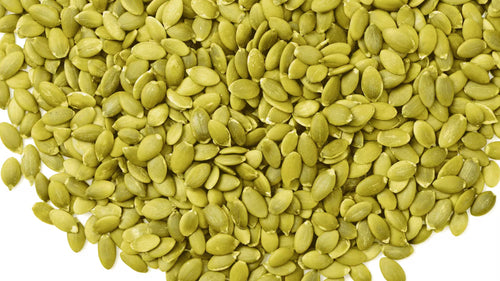
Squash white spots: causes & quick solutions
Quick answer: White spots on squash are often caused by powdery mildew (fungus), excess moisture , physical shock , or a deficiency . To react quickly: cut off the affected leaves, aerate the plant, apply baking soda or diluted milk. To prevent this, avoid watering the foliage and favor well-drained soil 🥗.
Why does my squash have white spots?
Are you seeing white spots on the skin, leaves, or even the flesh of your squash? 😲 Don't panic! This is a common problem, especially with butternut squash or pumpkin . There are several possible causes:
- Powdery mildew : This fungus leaves a white powdery appearance on the leaves, then on the fruit. It is the most common cause in late summer or during prolonged humidity. 🦠
- Nutrient deficiency : Sometimes a lack of calcium or magnesium causes white mottling or spots. The soil must be enriched regularly.
- Burns or sunburn : After rain followed by heat, the skin of the squash may turn white locally. Avoid watering in the sun. ☀️
- Shocks or rubbing : During growth, if the squash rubs against a stone or a stem, small white scars may appear. Nothing serious!
- Excess humidity or poor air circulation : Dense foliage prevents evaporation and promotes fungi and disease.
Most of the time, squashes are still edible if the flesh isn't soft or smelly. For more information on squash powdery mildew , check out this detailed guide.
Fast treatment for white spots on squash
Find out how to act quickly to save your butternut squash or pumpkin 👨🌾:
- Remove badly affected leaves (cut clean with pruning shears) to stop the spread 🍃.
-
Prepare a natural treatment :
- Diluted skimmed milk (10%) sprayed on the foliage, effective against powdery mildew 🥛.
- Baking soda (1 teaspoon/liter of water) + a drop of black soap for adhesion.
- Air the plant : remove any tightly packed leaves and check if the squash is touching the ground. You can place it on a tile or board.
- Water at the base and not on the leaves, preferably in the morning. 🌅
Keep an eye on the fruit: if the flesh remains firm and odorless, you can eat the squash after removing the white part on the surface.
Preventing White Spots on Squash
For a healthy vegetable garden all season long 🥗:
- Space out plants : Leave enough space between your squashes for air to circulate.
- Smart watering : always at the base, never on the leaves! Use mulch to limit evaporation.
- Crop rotation : Avoid replanting squash in the same spot every year. This limits soil-borne diseases.
- Strengthens the soil : Add compost or a little wood ash to provide calcium and minerals.
- Monitor often : at the first signs of white spots, act quickly.
Bonus tip: Some cultivars, such as the Lorraine potimarron squash, are naturally more disease resistant.
FAQ about white spots on squash
Can I eat a squash with white spots? 🥄
Yes, if the flesh is firm, not slimy, and has no suspicious odor. Remove the white part on the surface. If the squash is soft or smells bad, discard it.
How to recognize powdery mildew on squash?
Powdery mildew appears as a fine white powder on the leaves and then on the skin. It spreads quickly, especially in humid, warm weather.
Are natural remedies effective?
Yes! Diluted milk and baking soda are effective against powdery mildew, especially when applied at the first signs. They are environmentally safe 🌍.
Are winter squash more susceptible?
Butternut squash and pumpkins are sometimes susceptible, but heirloom or local varieties are more resilient. Healthy, aerated soil is key!
Should I preventatively treat my squash every year?
Not necessarily: focus on prevention (rotation, aeration, watering at the base). A natural treatment at the start of the season still strengthens resistance 🛡️.








Comments (0)
There are no comments for this article. Be the first one to leave a message!